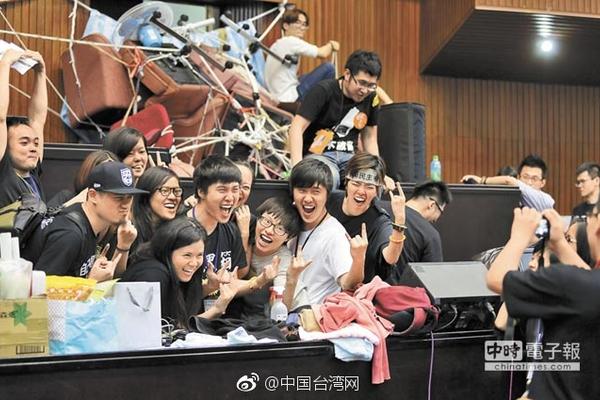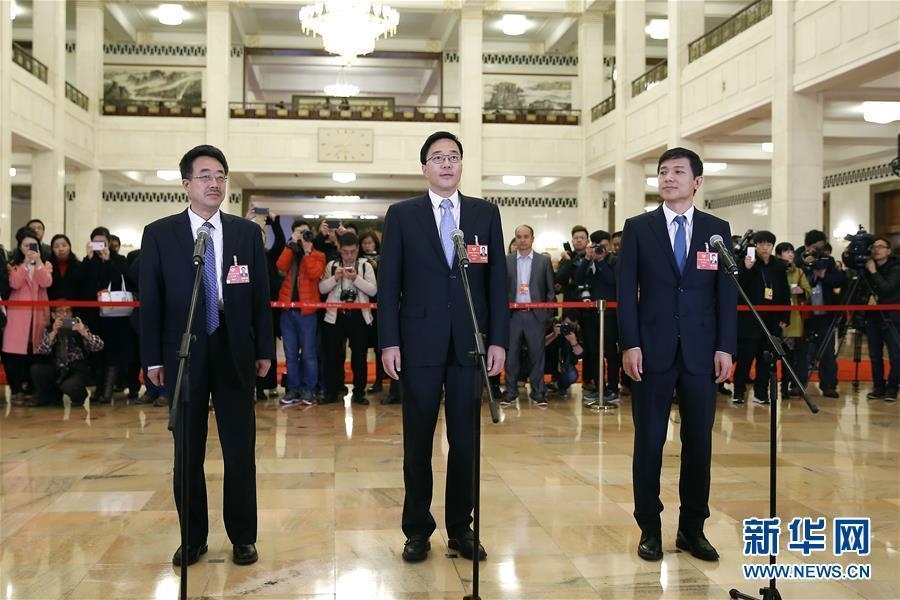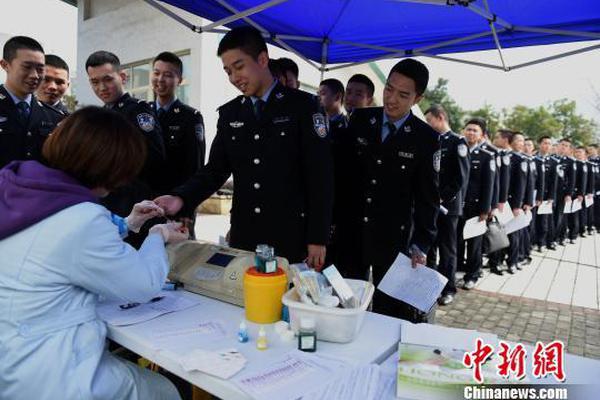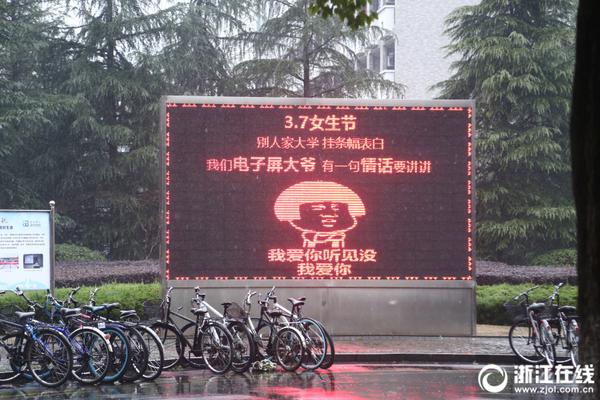【what is a dripstick】Another number paints a bleak picture of manufacturing in China
Thewhat is a dripstick Caixin/Markit Manufacturing Purchasing Managers' Index (PMI) came in at 48.3 in January, compared to 49.7 in December. Analysts polled by Reuters had expected the Caixin PMI to be 49.5 last month.
It was the second-consecutive month of contraction and the lowest reading since 2016.

A private survey on China manufacturing sector showed on Friday that factory activity contracted more-than-expected in January — confirming views that the world's second-largest economy started the new year on soft footing.

The Caixin/Markit Manufacturing Purchasing Managers' Index (PMI) came in at 48.3 in January — the second-consecutive month of contraction and the lowest reading since 2016. January's reading was also weaker than the 49.5 that analysts polled by Reuters expected, and the 49.7 reported in December.
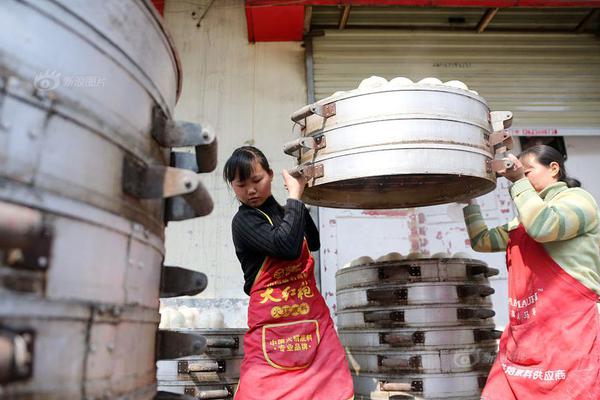
A reading above 50 indicates expansion, while a reading below that level signals contraction.
The PMI is a survey of businesses about the operating environment. Such data offer a first glimpse into what's happening in an economy, as they are usually among the first major economic indicators released each month. Investors have been closely watching economic indicators from the world's second-largest economy for signs of trouble amid domestic headwinds and the ongoing United States -China trade dispute .
"Latest survey data signalled subdued overall operating conditions in the Chinese manufacturing sector at the start of 2019," the statement by Caixin and IHS Markit said. "Softer demand conditions led companies to revise their production schedules ... Underlying data indicated that weakness largely stemmed from muted domestic demand."
The Caixin PMI data followed the release of China's official manufacturing PMI on Thursday by the National Bureau of Statistics. The official data came in at 49.5 — higher than 49.3 expected by analysts in a Reuters poll and the 49.4 reported in the previous month.
The two PMI surveys on the Chinese manufacturing sector showed different readings because of the types of companies being polled. Large businesses and state-owned enterprises make up a large proportion of responses in the official PMI, while the Caixin indicator has a bigger mix of small- and medium-sized firms.
Chinese authorities have introduced measures to support the economy in the past year, with a particular focus on helping to boost smaller firms. But Friday's release of the Caixin measure indicated that the policies introduced so far to support the Chinese economy have not worked, said Zhengsheng Zhong, director of macroeconomic analysis at CEBM Group, a subsidiary of Caixin.
Story continues
"On the whole, countercyclical economic policy hasn't had a significant effect," Zhong said in a statement. "China is likely to launch more fiscal and monetary measures and speed up their implementation. Yet the stance of stabilizing leverage and strict regulation hasn't changed, which means the weakening trend of China's economy will continue."
Jian Chang, Barclays' chief China economist, agreed that Beijing needs to do more. She told CNBC's "Street Signs" that Barclays is expecting China's central bank to cut benchmark interest rates by 25 basis points twice this year — in the first and second quarters, respectively — to further boost the economy.
But such supportive measures may take time to be effective, economists said. Economic growth in China could stay weak in the first half of 2019 given both external and domestic challenges, Citi economists wrote in a Thursday note. Last year, growth in China slowed to 6.6 percent — the lowest expansion rate in 28 years.
China's manufacturing sector is not the only one feeling the pinch. Other export-oriented economies such as Japan , South Korea and Taiwan also reported weaker PMI numbers and lackluster factory outlook for 2019.
More From CNBC
Worries about Chinese consumers spending less are 'overblown,' analysts say
China's central bank told banks to moderate January lending pace, sources say
Presume a deal is reached if Trump and Xi meet: Ex-U.S. trade representative
View comments
(责任编辑:Entertainment)
- ·NeoPhotonics (NPTN) Misses Q3 Earnings Estimates
- ·Does Biosearch, S.A. (BME:BIO) Create Value For Shareholders?
- ·Nexon founder to sell controlling stake in gaming co's holding firm - Korea Economic Daily
- ·Should You Be Impressed By Class Limited's (ASX:CL1) ROE?
- ·Transformative Mega Trends Reshaping the Indian ICT Landscape
- ·For France's Macron, 2020 again brings rocky start, outlook
- ·Tom Brady Announces NFL Retirement: 'This Is Difficult for Me... '
- ·Oil Stocks: 3 Bold Predictions for 2019
- ·5%, led by a 17% increase in average ticket and a slight decline in traffic. Growth in the quarter reflected the impact of households stocking up on essentials like paper goods and cleaning supplies as the pandemic became a nationwide concern, along with strength in discretionary categories as the quarter came to a close and stimulus dollars and tax refunds were disbursed.
As shown below, the results in the quarter materially changed the trend in two-year stacked comps for each of the banners, along with a significant acceleration for consolidated comps.
The increase in consolidated comps was the primary driver of an 8% increase in revenues to $6.3 billion. The company ended the quarter with 15,370 locations, up less than 1% year-over-year. This reflects a 7% increase in Dollar Tree units, offset by a 4% decline in Family Dollar units.
The top-line results at each banner flowed through to their respective income statements, with Dollar Tree gross margins and operating margins declining year-over-year while Family Dollar gross margins and operating margins expanded year-over-year. On a consolidated basis, gross margins contracted by 120 basis points in the quarter to 28.5%, reflective of a shift to lower-margin consumables, tariff costs and the impact of markdowns from the Easter headwinds at the Dollar Tree banner. The company saw slight operating leverage on SG&A from higher comps, with the net result being an 80 basis point contraction in operating margins to 5.8%, with operating income declining 5% to $366 million. This is not adjusted for $73 million of pandemic-related costs, such as PPE supplies.
In the first quarter, the company opened 85 stores (net of closures) and completed 220 Family Dollar renovations to the H2 format. Importantly, comps at renovated Family Dollar stores continue to outpace the chain average by more than 10%. On the call, management indicated that they plan on reducing both the number of new store openings (from 550 to 500) and the number of H2 renovations (from 1,250 to 750) in 2020.
Personally, given the fact that Family Dollar is seeing material benefits to its business from the pandemic with new or lapsed customers coming into its stores, I think the company should try to get more aggressive with its renovation plans, not less. On the other hand, you could argue that renovations cause short-term disruptions and limit their ability to fully capitalize on the business momentum they are currently experiencing.
As a result of fewer new stores and remodels, management now expects 2020 capital expenditures to total $1.0 billion compared to previous guidance of $1.2 billion. In addition, the company has temporarily suspended share repurchases. At quarter's end, the company had $1.8 billion in cash on its balance sheet compared to $4.3 billion in total debt.
Conclusion
In recent years, Dollar Tree has been a tale of two cities. While its namesake banner has generally delivered impressive financial results, Family Dollar has been a persistent underperformer. This quarter, those results flipped, and given what we've seen in the weeks since quarter's end, there's a decent possibility that we will see something similar in the coming months. As the CEO noted, the second quarter is off to a very good start at Family Dollar.
Here's the important question: how useful is that information is in terms of making future predictions about the business? Will recent success at Family Dollar translate into long-term success for the banner? The optimistic take is that new or lapsed customers, especially those visiting the renovated stores, could become recurring business for the banner. The pessimistic take is that they have experienced short-term success out of necessity as people went to any store that was open to try and find essentials like toilet paper and hand sanitizer that were largely out of stock throughout the retail landscape. From that view, many of these customers could abandon the retailer when life returns to normal. As Philbin noted on the conference call, early on [during the pandemic], folks needed us. Will people still shop as much at Family Dollar when it's no longer a necessity?
Personally, I do not place too much weight on the recent results. I will need to see incremental data points that indicate that Family Dollar has truly won sustained business from these new customers. While I still believe that the Dollar Tree banner is a well-positioned retailer with attractive unit returns, I'm not yet willing to say the same thing for Family Dollar. For that reason, along with the recent run-up in the stock price, I plan on staying on the sidelines for now.
Disclosure: None
Read more here:
Under Armour: A Tough Start to 2020
Walmart: Continued Omni-Channel Progress
Match: An Impressive Start to 2020
Not a Premium Member of GuruFocus? Sign up for a free 7-day trial here.
This article first appeared on
GuruFocus
.
Warning! GuruFocus has detected 4 Warning Signs with DLTR. Click here to check it out.
DLTR 30-Year Financial Data
The intrinsic value of DLTR
Peter Lynch Chart of DLTR
View comments
- ·Is 2019 the Year Lawyers Finally Learn Their Lesson About Technology?
- ·Pinduoduo’s AI strawberry competition offers glimpse of “one-click planting”
- ·Dover Corporation (NYSE:DOV): What’s The Analyst Consensus Outlook?
- ·Is Oppenheimer SteelPath MLP Income A (MLPDX) a Strong Mutual Fund Pick Right Now?
- ·One Thing To Remember About The Peking University Resources (Holdings) Company Limited (HKG:618) Share Price
- ·LOPE SHAREHOLDER ALERT: Lawsuit Filed For Grand Canyon Investors
- ·Should You Be Tempted To Sell American States Water Company (NYSE:AWR) Because Of Its P/E Ratio?
- ·How Should Investors Feel About Nelco Limited’s (NSE:NELCO) CEO Pay?
- ·China's AIIB to co-finance first project with ADB in Pakistan
- ·Canadian General Investments: Investment Update - Unaudited
- ·Greta Van Fleet Announces Rescheduled Tour Dates



